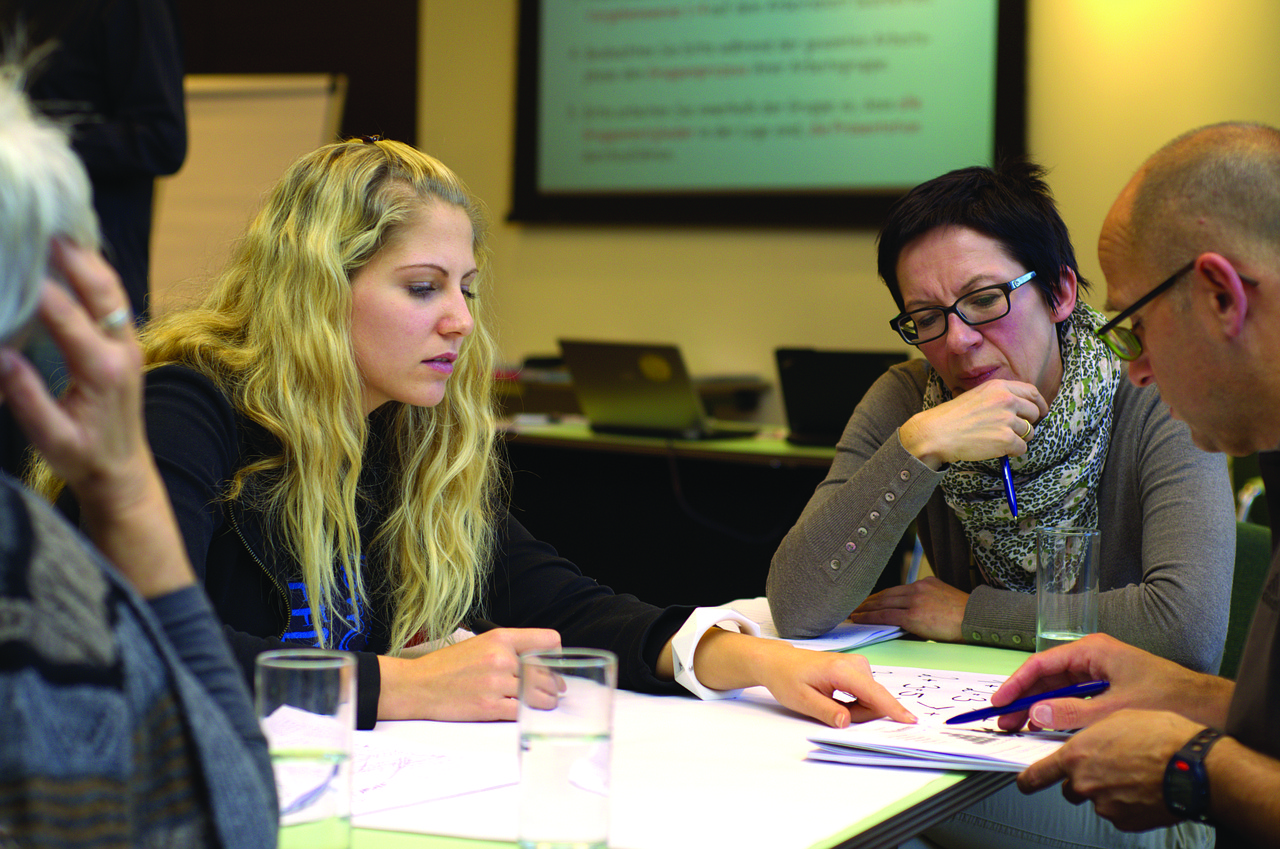Blueprints for Healthy Youth Development was cited in a Lund Report article as one of the top clearinghouses in prevention research. The article features Principal Investigator of Blueprints, Pamela Buckley. Buckley shares how complicated it can be in determining which prevention programs work, but that clearinghouses like Blueprints help translate the evidence to support users in making decisions when investing social programs. Read more of the article, written by Emily Green here.
Blueprints for Healthy Youth Development
Karl Hill consulted on drug prevention solutions for Roaring Fork School District
Roaring Fork School District parents, staff and community members are working together to address growing incidences of youth overdose deaths. A variety of drug prevention strategies have been proposed, including the use of more science-backed, community-based methods like Blueprints for Healthy Youth Development. Karl G. Hill, director of the Prevention Science Program at the Institute of Behavioral Science, provided his perspective on the best course of action for Roaring Fork schools in an interview with Aspen Public Radio. Read the full story by Halle Zander here.
Buckley awarded for ‘outstanding’ youth development research
The Society of Prevention Research presented the Nan Tobler Award for her work on healthy youth development.
Earlier this month the Society of Prevention Research awarded Pamela Buckley, associate research professor at the Institute of Behavioral Science, with the Nan Tobler Award for Review of the Prevention Science Literature for her research contributions to the field, including publications based on data collected through the Blueprints for Healthy Youth Development initiative.
“I am honored to receive this award and thank my colleagues, including the Blueprints staff and members of the Blueprints advisory board, for collaborating on a series of research synthesis projects using data recorded in the Blueprints database that I believe will help inform the field of prevention science in significant ways,” said Buckley, the principal investigator of the initiative.
Blueprints is a globally recognized online registry of evidence-based interventions for people 25 and under. These fall under a wide range of disciplines, including criminal justice, child welfare, public health, mental health, education, labor-employment and more.
“Dr. Buckley’s literature review has contributed to the emphasis of the importance of ensuring that evidence-based interventions are not only based on sound science but are also readily accessible and transparently presented to users,” the society said in the award announcement.

Over the past 25 years, Blueprints has reviewed the evidence for more than 3,000 studies conducted on 1,600 interventions. It serves as an excellent resource for governmental agencies, foundations, community organizations, and practitioners seeking to make informed decisions about their investments in social programs.
“Dr. Buckley’s leadership in establishing Blueprints for Healthy Youth Development demonstrates her significant research synthesis contributions to the prevention science.”
— Society of Prevention Research
About the recipient
Pamela Buckley has garnered $5.9 million in funding and has authored more than 50 publications, including book chapters and technical reports. Buckley has extensive knowledge of prevention science literature and specializes in testing social programs designed to promote healthy youth development. She has considerable experience managing large-scale evaluation projects and systematic reviews on intervention effects for scientific, practitioner and policymaking audiences.
About the Society of Prevention Research
Founded in 1991, the Society for Prevention Research (SPR) is dedicated to advancing research and interventions that promote human health and well-being. It is a multi-disciplinary organization that includes scientists, practitioners, advocates, administrators and policy makers in the U.S. and internationally. SPR’s Nan Tobler Award recognizes recognizes outstanding articulation of empirical evidence.



